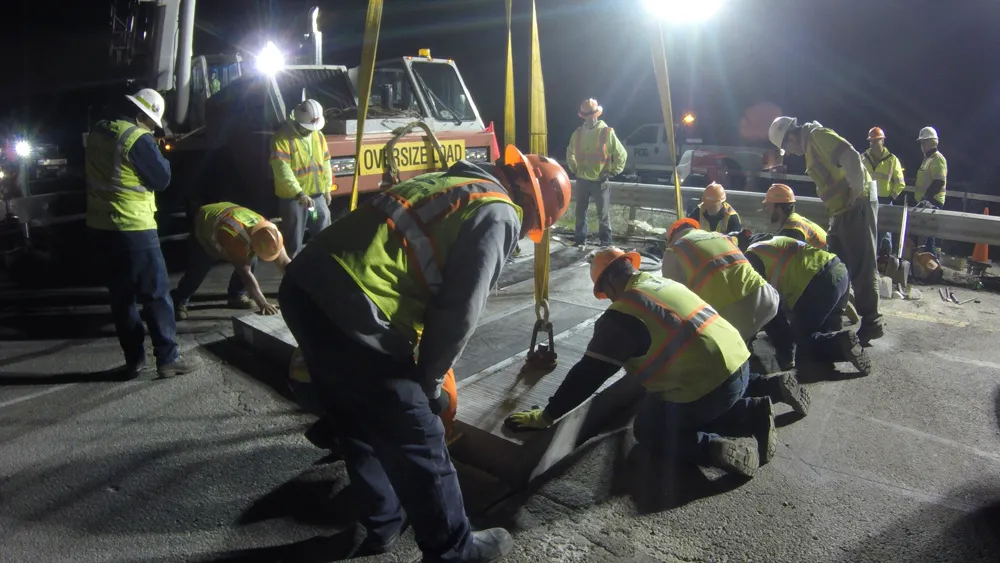Reno A&E (RAE has introduced a new signal monitor recertification program, which provides a new factory two-year warranty, hardware and firmware updates, minor repairs, test report, new warranty label, and a certificate of recertification for any RAE signal monitor less than 12 years old.
RAE’s signal monitors are designed to withstand harsh intersection operational environments; to ensure the proper operation of these passive devices when conditions demand they should be periodically tested to ensure
March 9, 2016
Read time: 2 mins
RAE’s signal monitors are designed to withstand harsh intersection operational environments; to ensure the proper operation of these passive devices when conditions demand they should be periodically tested to ensure safety. The recertification program was developed to help agencies quickly, easily, and cost-effectively perform this necessary testing task and helps establish effective and proactive maintenance strategies in today's litigious world.
All signal monitors returned for recertification will be subjected to rigorous testing in accordance with factory Quality Assurance & ISO 9001:2008 programs on a quick turnaround basis in order to get units back in service quickly.
The program consists of: Installation of applicable software and/or hardware updates; Complete technical bench test; Repair of any hidden issues or components that might have been damaged in the field; Final test with an industry-standard, automatic signal monitor tester that includes a printed report; Resetting the monitor to factory default settings and clearing internal memory logs; Return shipping, Factory two-year warranty from the date of recertification.









